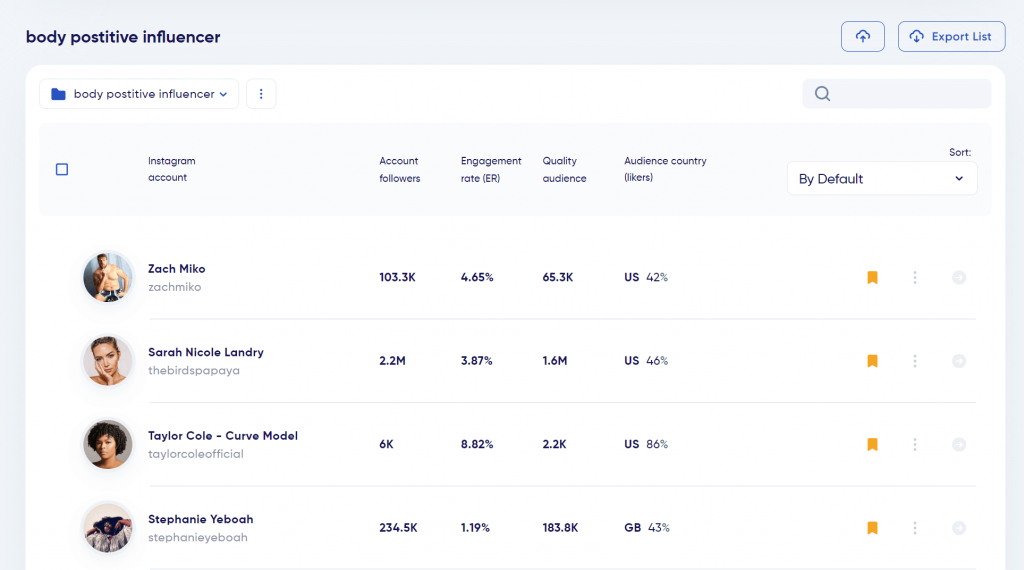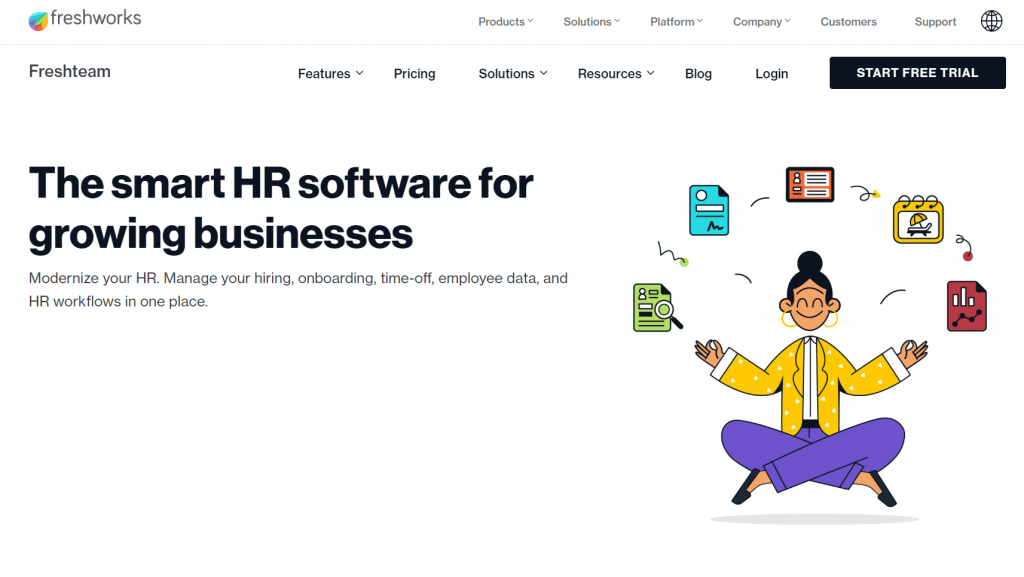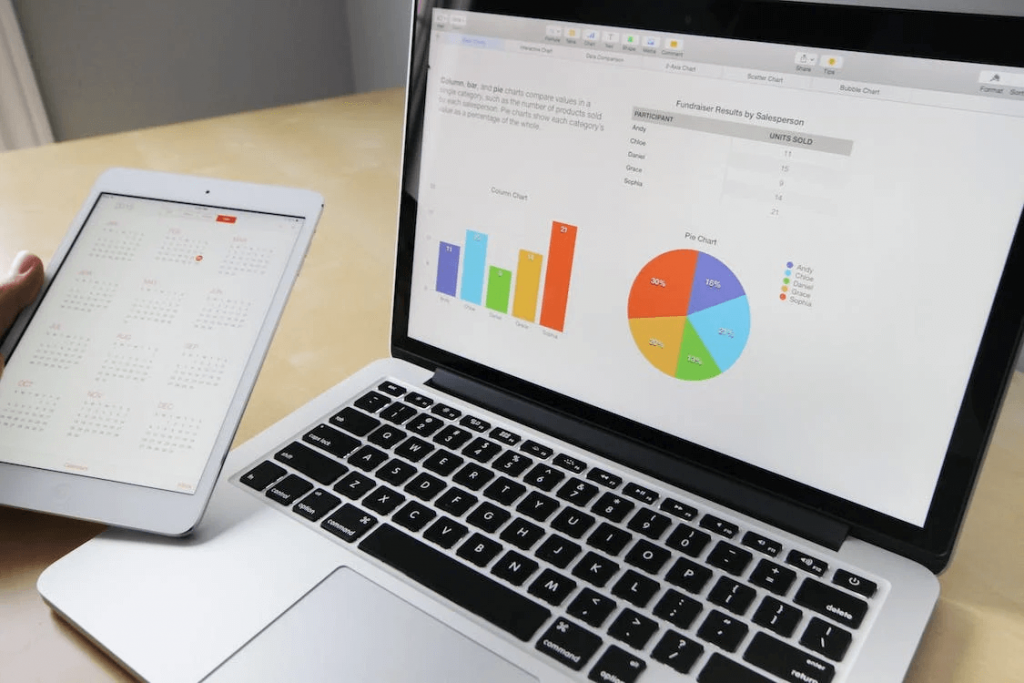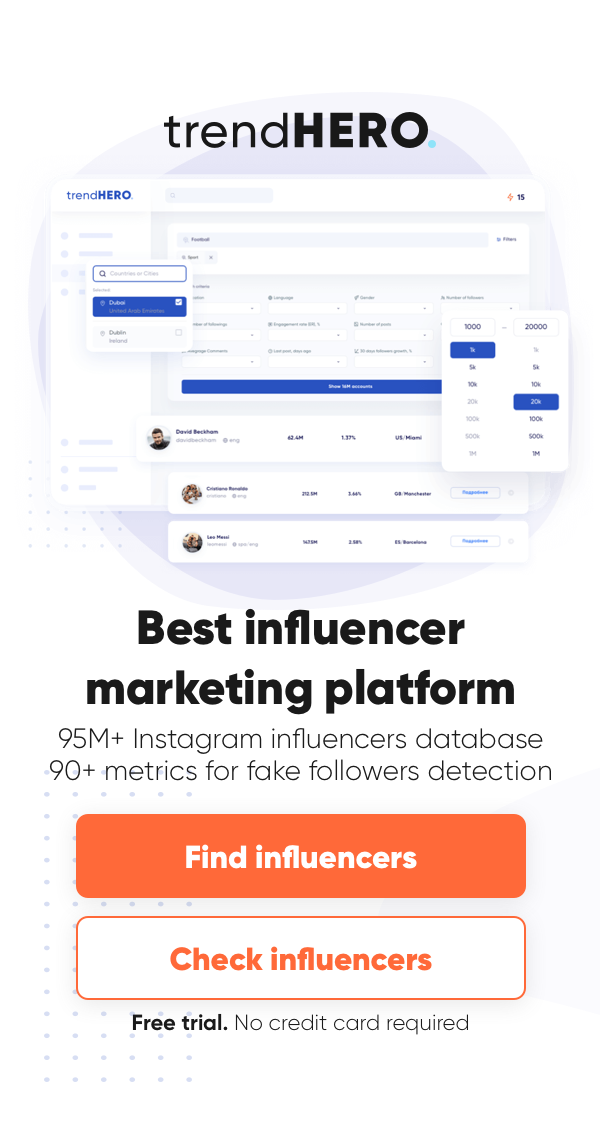- Home
- BLOG
- Instagram Business
- Influencers Management: Tools and Best Practices
Roughly 4.26 billion individuals use social media regularly for inspiration and to keep up with the latest global trends.
Consequently, social media has become a veritable ground for brands to enhance brand awareness, reel in potential customers, launch new products, announce special offers, increase sales, and keep existing customers posted through influencer marketing.

Your influencer marketing strategy will yield results only if you’ve strategies in place for influencer management. But, before we get to that, let’s understand what influencer marketing is, and why do brands partner with influencers to promote their products and services?
What is influencer marketing, and why do brands partner with influencers?
Influencer marketing is a branch of social media marketing wherein brands partner with influencers—individuals with a substantial social following—to endorse their products or services on social media. For instance, Michael Jordan, a former professional basketball player, is one of Nike’s influencers on social media.
Does that mean that all influencers are popular celebrities or athletes? Not necessarily. Any individual with established credibility and a decent follower base online can be an influencer.

But why do brands partner with influencers? Can’t they simply promote their products and services online on social channels to win over their target market? Not quite.
Influencer marketing has become an essential part of a brand’s social media marketing strategy in recent years since consumers are more likely to believe an influencer they trust than the brand, which is obviously trying to sell its products or services and improve its bottom line.
Given the effectiveness of influencer marketing, the global influencer marketing platform market is slated to cross $337 million by 2027. Through influencer marketing, brands can bank on the influencer’s ability to boost their image and credibility in the public eye. This makes it easier for them to drive more engagement through influencers with loyal followers than simple branded posts.
So a company must ally with an influencer who’s the right choice for their brand image and design and develop a solid influencer marketing strategy with them. But how can brands achieve that?
Through influencer management.
What is influencer management?
Influencer management involves outreach, negotiation, communication, collaboration, content approvals, campaign direction, payments, and long-term relationship building with an influencer. It directly impacts the brand’s influencer marketing strategies and campaigns, and factors in the influencer’s needs and demands.
An influencer management plan is curated to ensure that any and all partnered influencers consistently put out high-quality content to further the company’s objectives.
Effective influencer management has the potential to make or break a brand’s image, making it important for an enterprise to:
- establish a fruitful relationship with them,
- unify their message across all marketing channels,
- advertise the right product to the right consumer base,
- be up-to-date on the latest trends to take advantage of them, and most importantly,
- create engaging content.
Managing influencers is a full-time job and requires significant time and effort. So enterprises usually hire an influencer manager who can effectively find social media influencers, manage them, and ensure that the engagement is productive for all parties involved.

Influencer marketing managers have to not only manage influencers and undertake all associated tasks but also promote a healthy work environment, be on top of digital trends, analyze marketing campaigns, conduct market research, and regularly coordinate with the marketing team.
Juggling and handling these tasks without a task management software can be overwhelming, but they incorporate some best practices into their influencer management plan and lean on a few tools to do their job and, by extension, make their lives easier.
Best tools and practices for influencer management
Let’s look at some of the best practices and dedicated tools influencer managers can use to efficiently manage influencers.
1. trendHERO

trendHERO is an advanced influencer marketing platform for Instagram. So there are a bunch of features to manage your marketing campaigns with opinion leaders:
- Influencers lists. Add and transfer accounts to/from lists to have your own evergreen database of influencers.
- Notes. Add notes to influencers reports to store important data.
- Find influencers. Use Discovery to create lists according to your needs (19 filters).
- Tracking. Get daily statistics and track sponsored posts effeciency.
- Influencer analysis. Explore in-depth influencer reports (90+ metrics).
- Influencer outreach. Send offers to influencers by email and get all the statistics.
2. Freshteam

Finding and onboarding influencers who are the right fit for an enterprise’s marketing approach can be a long and tedious process. These tasks get more cumbersome with an increase in the number of influencers a brand partners with.
So why not employ employee onboarding software to extend all the influencers you plan on onboarding a warm welcome and form a relationship with them even before your first collaboration?
Freshteam, a product of Freshworks, is an employee onboarding software that lets you:
- build a positive first impression,
- makes the entire onboarding process seamless and painless,
- cultivate a productive relationship,
- introduce influencers to your organization’s culture,
- provide each new influencer with a customized experience, and
- retain influencers by helping you construct long-lasting relationships.
What’s more? Freshteam takes care of all the paperwork, such as sending documents for signature and collecting signed documents and related forms before you get down to business with your influencers. You can even use this tool to offboard any influencer whose engagement has come to an end.
Wondering how to get started? This guide has all the answers to help you get off on the right foot with the company’s allied influencers, keep them engaged from the get-go, and reduce your workload.
3. Keyhole
Monitoring and analyzing multiple influencers and their impact on influencer marketing campaigns can be an overwhelming and complex activity.
But it doesn’t necessarily have to be. Say hello to Keyhole.
Using this tool, you can easily unlock social media insights and say goodbye to tedious manual spreadsheets. This social media analytics tool helps you analyze marketing campaigns and multiple influencer profiles instantly.
With Keyhole, you can:
- Easily discover the best social media influencers. All you need to do is add your industry-based keywords to find the top social media influencers with a credible follower base.
- Conveniently measure the performance of each influencer. You can unify all influencer accounts and compute their performance. You can also compare the performances of all influencers to find out the ones who are working wonders for your brand.
- Generate ROI (return on investment) reports. This tool lets you deep dive into influencer reports weekly to keep track of your ROI.

Additionally, you can analyze your brand image, optimize your social media marketing strategy, conduct market research, and discover the latest trends with this tool.
4. CreatorIQ
CreatorIQ is an enterprise influencer marketing cloud to help you build genuine relationships with creators. You can:
- Find the creators who are the perfect fit for your brand. Just use this tool’s Discovery database to find and assess the influencer who aligns with your brand objectives.
- Build your unique customer relationship management (CRM) system to constantly stay in touch and record all your influencers’ data in a single place.
- Get insights to help you forecast and measure your social media campaigns to stay on top of your broader marketing strategy.
- Generate performance metrics to understand your ROI by building personalized reports.
You can also integrate CreatorIQ into your Slack to drive productivity and streamline project management.
5. GRIN
GRIN is an all-in-one creator management platform to help you nurture bona fide content-creator relationships so that you can maximize the returns of your influencer marketing strategy.
You can use this tool to:
- Discover and recruit influencers by adding GRIN’s web extension and using its associated tools to import your influencer roster, and send invites to the right influencers only. This lets you work on building honest relationships from the beginning.
- You can nurture your relationships with influencers by communicating with them, emailing them and shipping products to them from within the app.
- Get instant notifications when your social media posts go live. Find, track, and manage all content your brand influencers are posting on social.
- Analyze influencer and marketing campaigns’ success and create reports to plan your next social media campaign, check your revenue, ROI, and associated costs.
- Easily pay your influencer partners and view their payment history.

6. Upfluence
What happens when you’re swamped with work and don’t have the time or the bandwidth to research individual influencers and build a roster? You use Upfluence.
Upfluence helps you:
- Painlessly find the right influencers. You can use the influencer discovery tool to find the right fit for your brand. It has an extensive database of creators with over 20 advanced search filters to help you narrow down your influencer search.
- Manage all influencer-related activities. You can send bulk emails with Gmail and Outlook integrations, manage payments and commissions, and edit campaign briefs swiftly.
- Track your ROI with a calculator, judge campaign analytics, and find out individual sales numbers generated by your influencers.
Influencer management best practices
Influencer management tools can simplify your job responsibilities, but it falls on you to build and manage a sustainable, long-term relationship with your influencer partners.
Some best practices include:
- Do your homework before approaching any influencer. Ensure that their follower base is a match for your targeted customer group, or else you’ll find yourself pitching tennis shoes to swimmers.
- Put in the time and effort to know the people you’ll be partnering with. Find common ground and offer them something more than monetary incentives if you want to retain them.
- Respect their creative process and journey. Remember, they’ve reached the spot they’re in currently by understanding and building their brand around their targeted social media persona.
- Open lines of communication and pay them fairly.
Manage influencers to achieve your long-term objectives
Winning over your target audience on social media is necessary to make your brand a household name. So don’t forget to account for influencers in your social media marketing strategy. Both macro and micro-influencers can work wonders for your brand and add a magical touch to your marketing campaigns.
You can use the listed tools and treat your allied influencers right to maximize the ROI from your influencer marketing strategy. That said, don’t shy away from coming up with unique ideas and strategies to make your influencers feel appreciated, heard, and respected.
 | Arjun Ruparelia [email protected]An accountant turned writer, Arjun writes financial blog posts and research reports for clients across the globe. Arjun has five years of financial writing experience across verticals. He is a CMA and CA (Intermediate) by qualification. |
We also recommend to read
Instagram Engagement Rate Calculator For Free
Check any influencer's Engagement rate and analyze his or her followers growth history
Other free tools: Follower Count History, Instagram Follower Count, CPM Calculator





